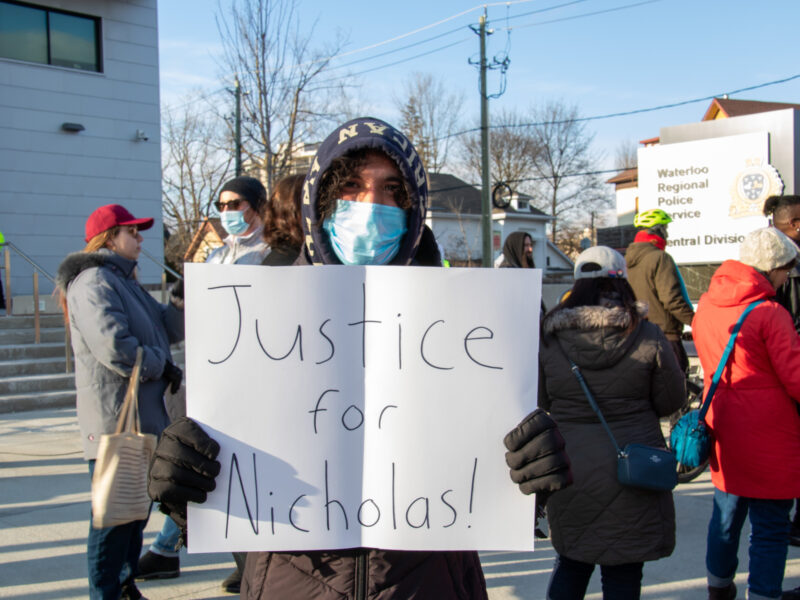Under the pressure of millions of protesters, widespread strikes and crumbling international support, Egyptian President Hosni Mubarak has resigned as the country’s leader. Mubarak previously dissolved the entire government and appointed a new vice-president. Complete control over Egypt has been transferred to the military. Egyptian citizens are now waiting for a new democratic process to begin.
Mohamed ElBaradei, an opposition leader, said, “I can’t tell you how every Egyptian feels today, we have been able to restore our humanity … to be free and independent.” The Egyptian protests began on January 25th shortly after the Tunisian government was overthrown. The focal point of the protests has been Tahrir Square in Cairo. Protests there have been largely peaceful and it is one of the few locations in the country where journalists are still welcomed. A majority of the violence that has occurred during these protests was directed against the protesters. Police have been instigating violence and bribing citizens to attack protesters. Citizen watch groups guarding key points such as museums have now been replaced by a massive citizen-lead cleanup in Cairo where graffiti and garbage are being removed and roads, buildings and walkways are being repainted.
With Egypt plastered all over mainstream news sources and countless Twitter feeds detailing events at a ground level, making sense of the situation can be difficult especially when the spark that began the rebellion is hardly mentioned.
Tunisia is a flyspeck of a country, located on the Mediterranean Sea between Algeria and Libya. This December, it became the birthplace of the revolution that is currently sweeping through Egypt and a dozen other Arab nations.
Mohamed Bouazizi was a Tunisian. He sold fruit to support his extended family of eight. On December 17, police seized his wares and a female officer publicly humiliated him. He tried to voice his complaints to the local governor but was turned away without a meeting. Less than an hour later, he doused himself in a flammable liquid and set himself on fire in front of a local government building.
This bold action was enough to mobilize the population, who were upset over unemployment, rising foods prices, corruption, limited freedom of speech and poor living conditions – common problems in many Arab nations. The protests carried throughout late December and into January before the military sided with protesters and the president was forced to resign and flee the country. Since that time, the entire government has been replaced and the former president’s party has been suspended.
Thanks to the spread of social media and television networks, the Tunisian uprising was closely followed by other Arab nations that share many of the same concerns. With the success of the Tunisian uprising, others followed suit and began to rebel against oppressive and corrupt regimes. Governments in Jordan and Yemen have undergone significant changes, and there are protests and demonstrations underway in a handful of other nations including Algeria, Libya and Oman.



